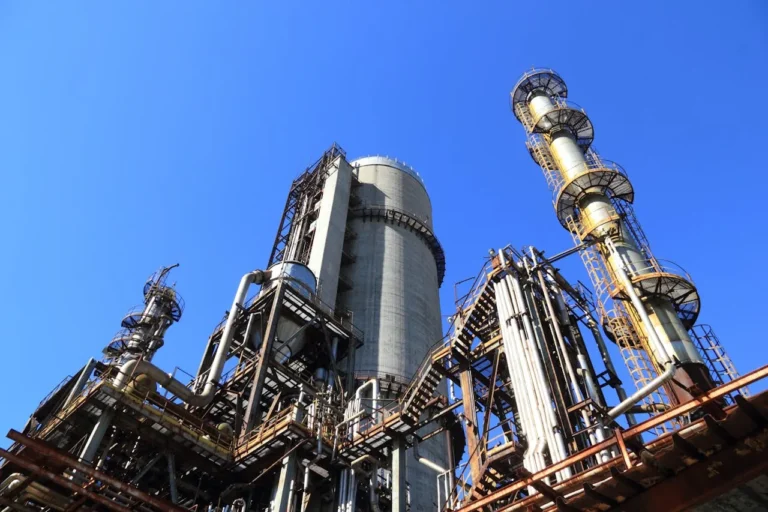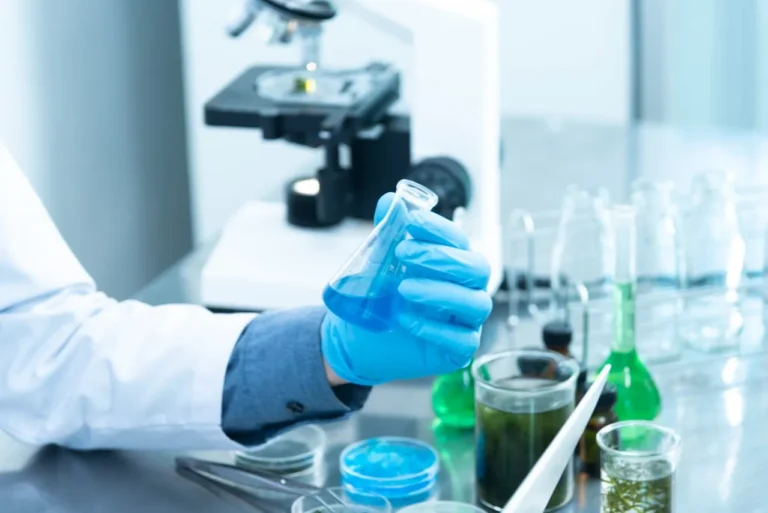
Dow to Shut Down Three Upstream Assets in Europe Amid Structural Challenges
Dow Inc. announced today that its Board of Directors has formally approved the permanent shutdown of three upstream manufacturing assets in Europe. This decision follows the company’s previously announced European asset review in April 2025. The move is part of a broader global restructuring initiative designed to optimize Dow’s asset footprint, improve profitability, and navigate persistent cost and demand challenges in the region.
The assets set to be closed span three of Dow’s core business segments:
- Packaging & Specialty Plastics: The ethylene cracker in Böhlen, Germany is scheduled for shutdown in the fourth quarter of 2027.
- Industrial Intermediates & Infrastructure: Chlor-alkali and vinyl (CAV) production units in Schkopau, Germany will also cease operations in Q4 2027.
- Performance Materials & Coatings: The basic siloxanes plant in Barry, United Kingdom will be shut down by mid-2026.
According to the company, the decision to close these facilities is aimed at “right-sizing regional capacity,” decreasing exposure to merchant sales, and eliminating higher-cost, energy-intensive operations. These actions are expected to enhance Dow’s ability to meet demand for more profitable derivative products and improve overall margin performance.
Responding to Market Pressure
“Europe continues to face significant cost and market pressures, making it increasingly challenging to sustain high-cost assets,” said Dow Chair and CEO Jim Fitterling. “Over the past decade, we have consistently applied a ‘best-owner’ mindset, making disciplined choices to optimize our portfolio and enhance long-term competitiveness. These decisions reflect that approach.”
Fitterling emphasized that Dow remains committed to driving returns from its growth investments while delivering improved cash flow. The company has identified more than $6 billion in near-term cash flow support opportunities as it realigns its global operations.
In April 2025, Dow initially disclosed that it was evaluating three assets across its European portfolio for potential closure. The recent Board approval on June 30, 2025, formalizes that strategy and adds additional global corporate and operational assets to the restructuring plan.
Expected Financial Impact
The planned shutdowns are expected to begin in mid-2026 and continue through late 2027. Decommissioning and demolition of the affected sites may extend through 2029. Dow anticipates a total cash outlay of approximately $500 million over four years related to these changes.
The restructuring is expected to deliver an operating EBITDA uplift of approximately $200 million annually once fully implemented. Half of this benefit—roughly $100 million—is projected to be realized by the end of 2027, with full delivery expected by 2029. The company also expects to avoid an estimated $60 million per year in capital expenditures that would otherwise have been needed to maintain these aging assets.
Asset-by-Asset Financial Summary:
- Böhlen Cracker (Germany)
- Shutdown: Q4 2027
- EBITDA Uplift: $60 million
- Estimated Cash Outlay: $130 million
- Capex Avoidance: $20 million/year
- Schkopau CAV (Germany)
- Shutdown: Q4 2027
- EBITDA Uplift: $10 million
- Cash Outlay: $80 million
- Capex Avoidance: $15 million/year
- Barry Siloxanes (U.K.)
- Shutdown: Mid-2026
- EBITDA Uplift: $90 million
- Cash Outlay: $180 million
- Capex Avoidance: $20 million/year
- Corporate & Other Global Actions
- Implementation: 2026–2028
- EBITDA Uplift: $40 million
- Cash Outlay: $120 million
- Capex Avoidance: $5 million/year
Workforce and Community Impact
Dow estimates that approximately 800 roles will be impacted as a result of these restructuring actions. These job reductions are in addition to the approximately 1,500 global positions affected by a separate $1 billion cost savings initiative announced earlier in January 2025.
The company stated it will engage local stakeholders, unions, and governments in each affected country, in compliance with all relevant labor laws and consultation processes.
As Dow moves forward with these structural changes, the company remains focused on enhancing shareholder value, streamlining its operations, and positioning its global business for sustainable growth amid an increasingly complex operating environment.







